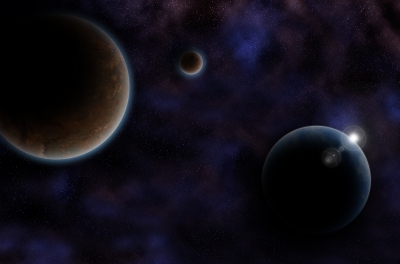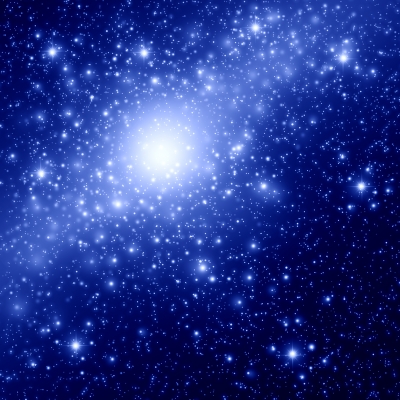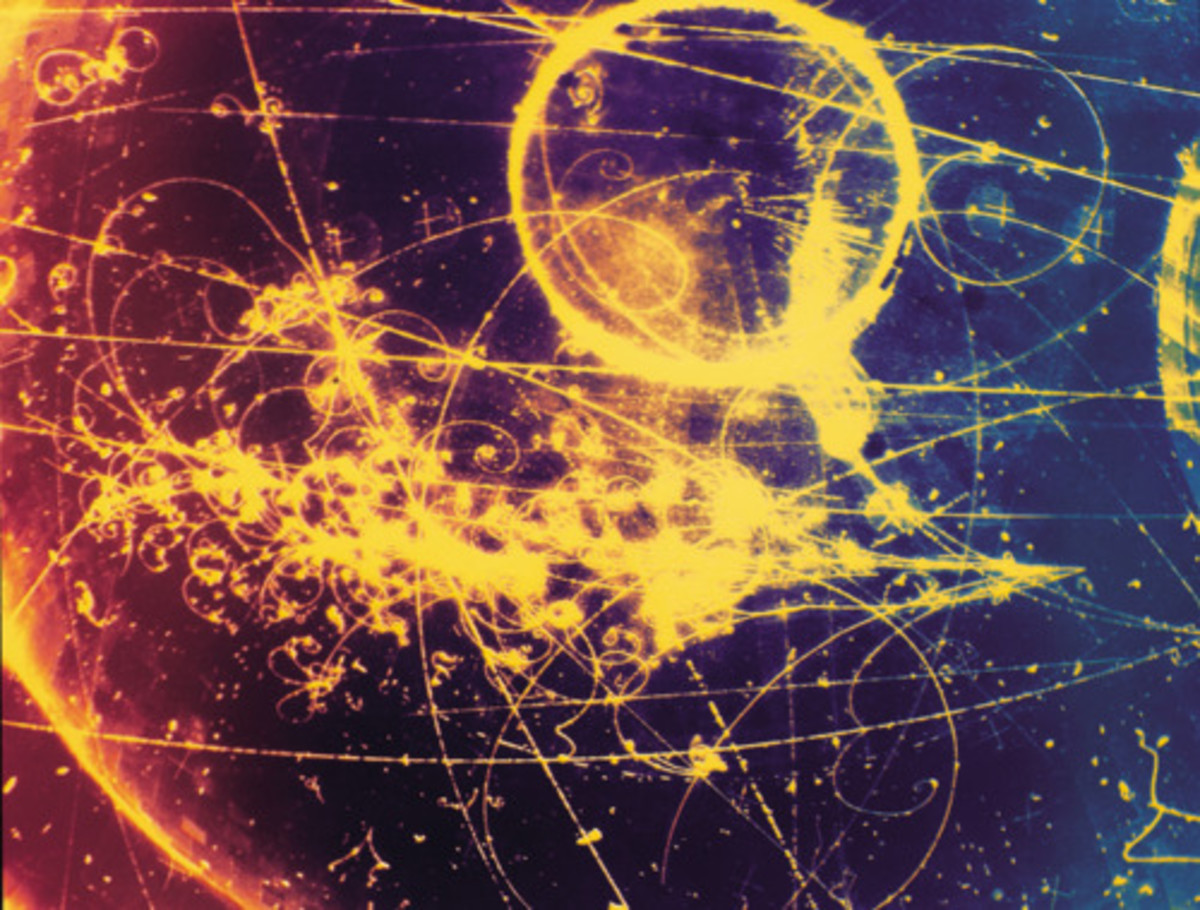What is Warm Dark Matter?

Before we discuss warm dark matter, if you don’t know what dark matter is, it might be an idea to see my hub ‘What is Dark Matter?’ which explains this.
Dark matter cannot be detected by electromagnetic radiation and is thought to exist because its gravitational effect can be detected. One of the ways it can be helpful is that its presence can be used to explain how galaxies were formed after the Big Bang. Warm Dark Matter is one of the three hypotheses that attempt to explain this process. The others are Hot Dark Matter (HDM) and Cold Dark Matter (CDM).
The difference between these hypotheses is all about how far the particles could move just after the Big Bang. The distance is known as the free streaming length and is the distance travelled until the particles were slowed down by the expansion of the universe. This length determines whether we are talking about the dark matter being hot, warm or cold.
A protogalaxy is a cloud of gas that is about to form into a dwarf galaxy and if the free streaming length of particles is thought to be about the same as this protogalaxy, then we are talking about warm dark matter.

It is possible that sterile neutrinos could be an example of a warm dark matter particle. It is heavier and slower than a normal neutrino and only interacts using gravity, it does not use weak interaction at all. Additionally, the hypothesis suggests that WIMPs (Weakly Interacting Massive Particles) if created non-thermally e.g. axions, may be an example of Warm Dark Matter. (If created thermally, then they are probably more indicative of Cold Dark Matter.)
Warm Dark Matter describes the formation of galaxies after the Big Bang to be what is called a bottom-up formation leading to predictions which are similar to Cold Dark Matter theories. Basically, this means that the small galaxies were created first after the Big Bang. These then clustered together to create larger clusters of galaxies. It is generally thought to have similarities with both Hot and Cold Dark Matter but the Hot Dark Matter theory has too many inconsistencies, not least because the top-down model of the creation of the universe has been shown to be unlikely. Cold Dark Matter theory seems to be the most likely.
- What is Dark Matter?
Ever wondered what astronomers are on about when they talk about dark matter? This is an explanation easy enough for everyone to understand even without a physics degree. - What is Hot Dark Matter?
How does Hot Dark Matter differ from Warm Dark Matter and Cold Dark Matter and is it a valid hypothesis? - Cold Dark Matter (CDM)
What is Cold Dark Matter? Hopefully, this, along with my main explanation of dark matter itself will help you to understand a bit more about it.









